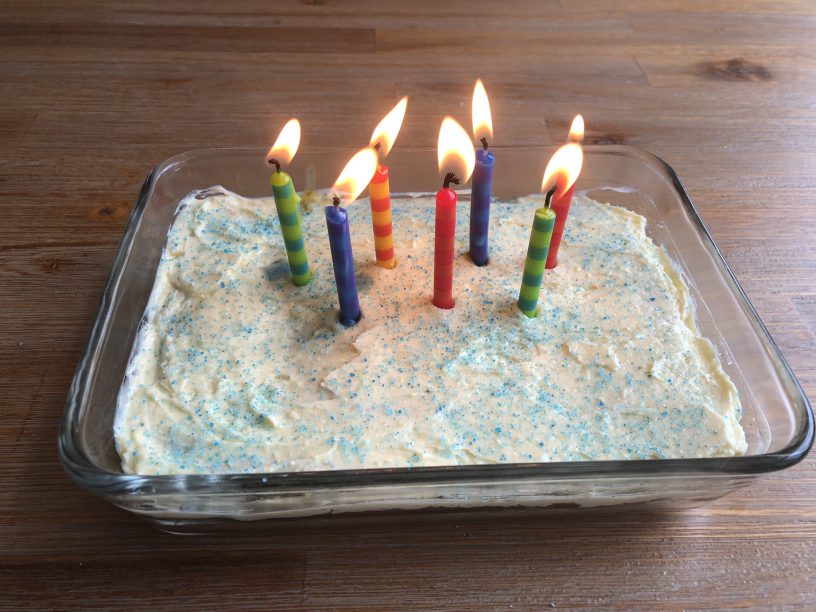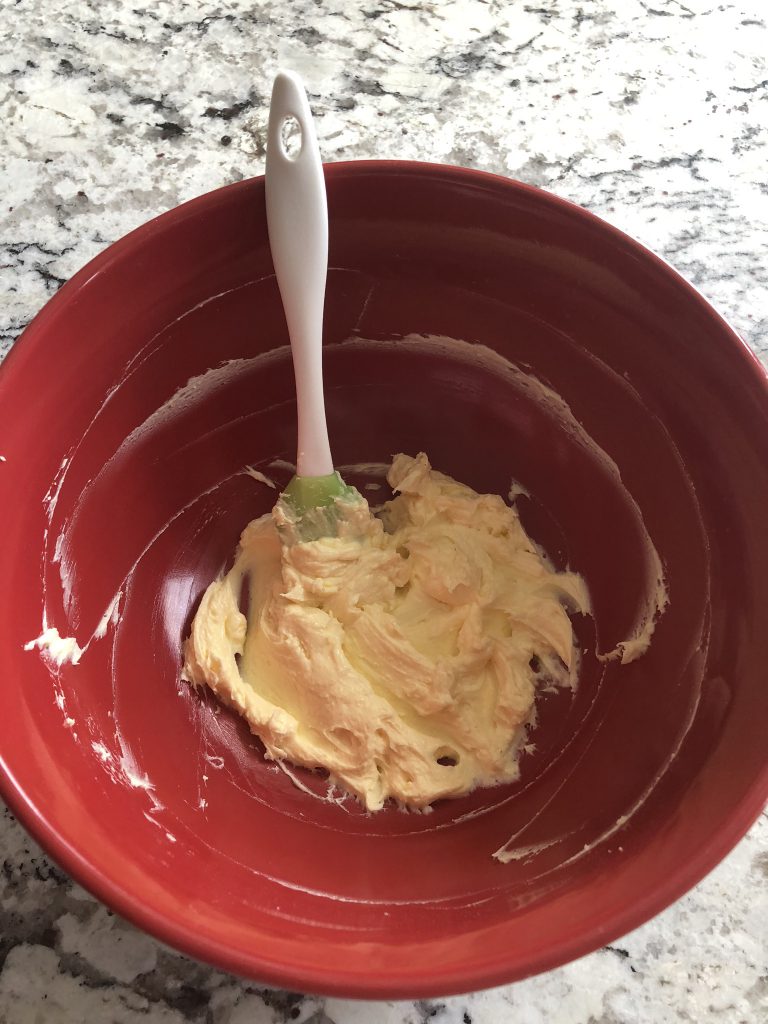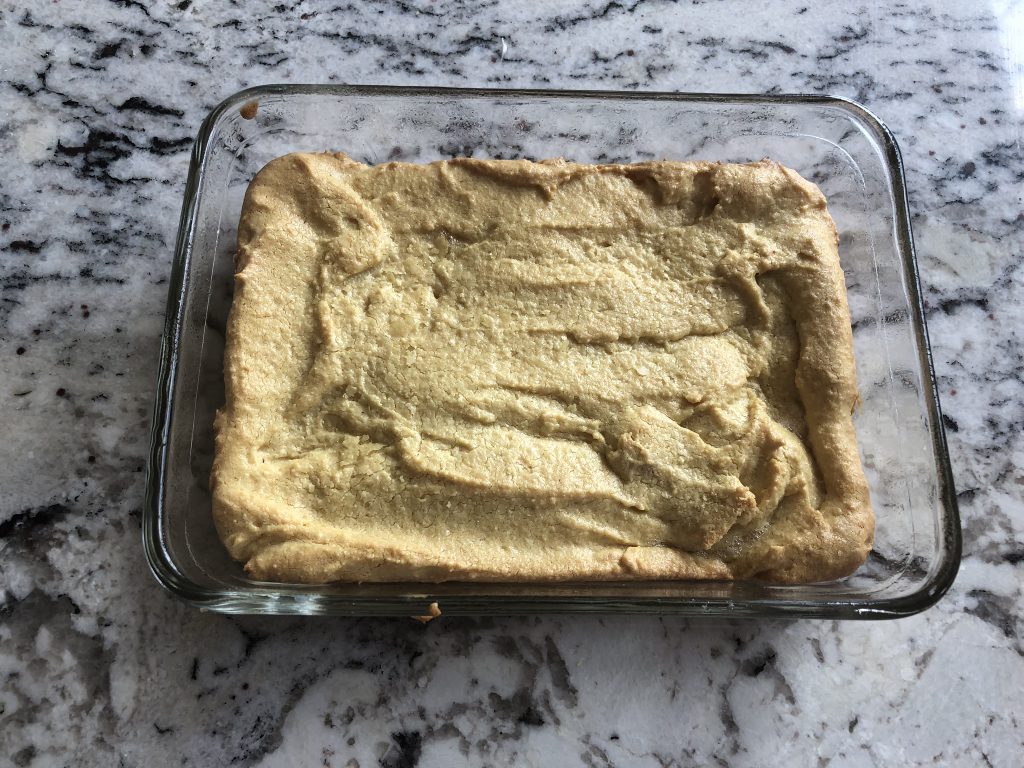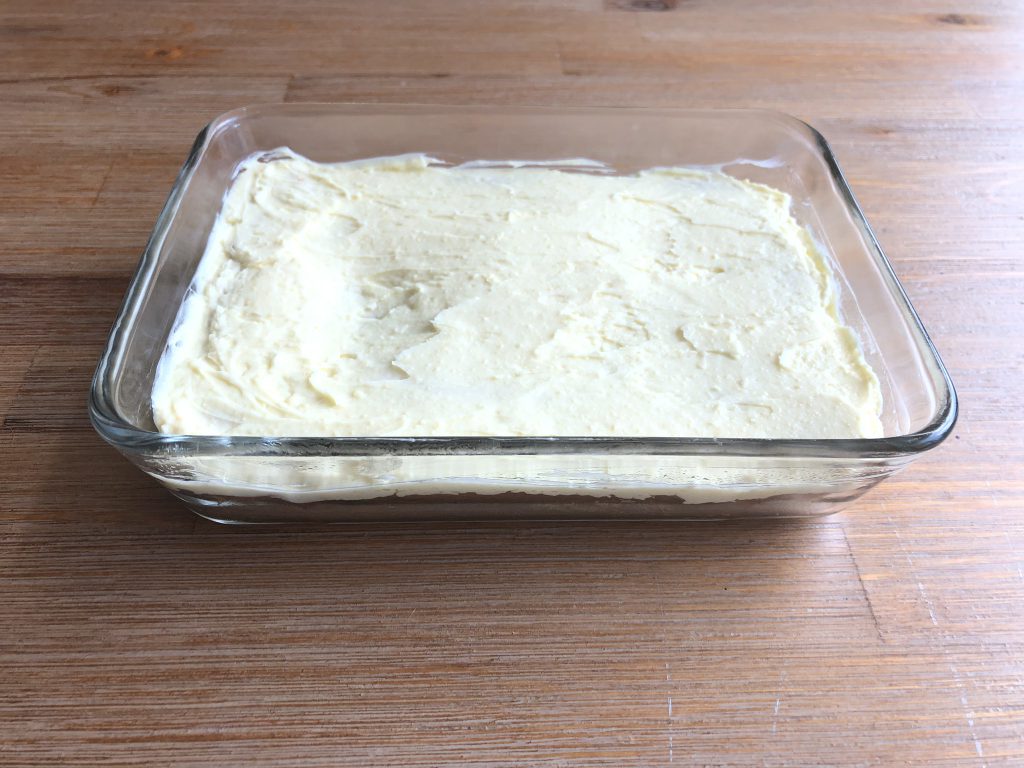
First Seizure
It is a day I won’t soon forget. March 2013, Reagan and I took a girls’ road trip to Connecticut for my cousin’s baby shower. Reagan seemed off, and I attributed it to traveling and not being in her own space. She was restless and found it hard to sleep in a different crib. I scooped her up and had her lay with me. I awoke to her making odd sounds, drooling and grey, her body seemed limp, and she was unresponsive. An ambulance arrived soon after, and we were taken to a local hospital to hear the words no parent wants to hear: “Your child had a seizure”. Here I was in a city several hours from home, with my 16-month-old child, without my husband, terrified of what had just happened. Thankfully all of my family was in town for the baby shower, and my mom, aunt, and sisters sat with me while I ran through Reagan’s already extensive medical history with the pediatric neurologist. Was she born full term? No, she was considered a late preterm baby. Was she meeting her milestones? No, she had fine and gross motor delays, as well as speech delays. Is she followed by a neurologist? Yes, and recently had an MRI, which didn’t show anything abnormal.
Epilepsy Diagnosis
Yet, here we were. Reagan had experienced her first of many seizures. Reagan was transported by ambulance from the hospital in Connecticut to our hometown children’s hospital. We were later discharged with emergency medication and instructions for what to do if another seizure were to happen. The nights and weeks following I slept on Reagan’s floor next to her crib, terrified of another seizure. Four months later, another seizure followed, as well as another ambulance ride and hospital stay. Two months later, after a move to Pennsylvania, yet another. Then came the diagnoses: epilepsy, as well as cerebral palsy. It was a shock to the system. What did this mean for my nearly two-year-old? How would we manage this? Would she have a full life?
Antiepileptic Medications
Reagan started a medication, and any parent knows giving a medication to your young child can be like pulling teeth. But we soon learned the tricks of the trade, making sure she was getting the doses when needed. The first few months came with sleepless nights, feeling on edge and always wondering when the next seizure would come. And they came, almost like clockwork every four months. That “honeymoon period” of a seizure every four months lasted about a year and a half. Then the seizures started to pop up more frequently, when Reagan was sick, when she was tired, and when she was overheated. A second medication was added onto the first, and we achieved eight months of seizure freedom. With our neurologist, we started to wean Reagan from the initial medication. Unfortunately, that put us into a downward spiral of seizures and medication side effects. A new medication was introduced, and seizures came every two weeks. A new medication came shortly after, and it slowly helped to space the seizures out. After months of the medication being just okay, the neurologist suggested adding in another medication. With that came side effects that included extreme fatigue and loss of cognition. My little girl was hiding in plain sight, in a heavily medicated fog. For several months we worked through finding the right dose and finally it came. The combination of those two medications has bought us three solid months of seizure freedom, but the side effects were still there. And while some would consider that success, we didn’t. For us, success was being both seizure-free AND side effect free.
Enter the Medical Ketogenic diet
At the end of 2018, at a routine neurologist appointment, my husband and I expressed our concerns about the side effects these medications were having on Reagan. She gave us three options: the medical ketogenic diet, VNS, or brain surgery. We weren’t ready for surgery just yet and given that I had some knowledge of the medical ketogenic diet and its success rate with children living with epilepsy, we knew that would be our next step. The months leading up to Reagan’s inpatient stay to begin the medical ketogenic diet, we prepared Reagan for her new lifestyle. We explained to her this special diet could help make her feel better. We also went over the list of her approved foods and involved her in the appointments with the dietitian. By the time we entered the hospital, she was ready, even though both my husband and I were anxious. During the five-day-stay, Reagan acclimated well to her new diet and enjoyed visiting the hospital’s Kids’ Club House, watching movies and making friends with the nurses. She even got to visit the kitchen with the dietitian to make KetoCal® pancakes and a smoothie.

Reagan Today
Today, Reagan has been on the medical ketogenic diet for almost five months. She loves the food, knows her schedule and knows that she must complete each meal. She’s always been a little foodie and often asks me to contact the dietitian for new and exciting snacks and meals. The first month was hard on our family. The constant weighing and measuring were time-consuming and a little emotional. But now we are in a groove, even eating out at restaurants and managing holidays. Reagan maintains good seizure control, and we’ve seen so many additional positive changes. A little bit of that medicated fog has lifted already, she has increased attention to tasks, and those skills she seemed to have lost are coming back. The best part? We just received the go-ahead from Reagan’s neurologist to wean her from one of the medications! Since this was our main motivation for trying the medical ketogenic diet, we are thrilled!
Thinking back to that Mom who was scared and wondered what this would mean for her then two-year-old, I would tell her that epilepsy is a part of Reagan, but it does not define her. I would tell her that you will manage this head-on and become a better, stronger person and an advocate not only for Reagan but for all kids living with epilepsy. Does Reagan have a full life? Absolutely! Does her life look different than the neurotypical child? Yes, but Reagan has faced each and every one of these challenges from MRIs, to frequent doctor and therapist appointments, to medication changes to the medical ketogenic diet, head-on with a smile on her face. And when asked about her life, her response is “it’s fun!”
Erin Monast lives in the Philadelphia suburbs with her husband Travis, their daughter Reagan and dog Tag. She writes the blog, This Is Epilepsy and is inspired every day by the strength and perseverance of Reagan.
I was paid by Nutricia for my time to write this blog post, however, my opinions are my own.
KetoCal is a medical food for the dietary management of intractable epilepsy and is intended for use under medical supervision.
To learn more about the medical ketogenic diet for the management of intractable epilepsy, visit www.ketogenicdietforepilepsy.com.
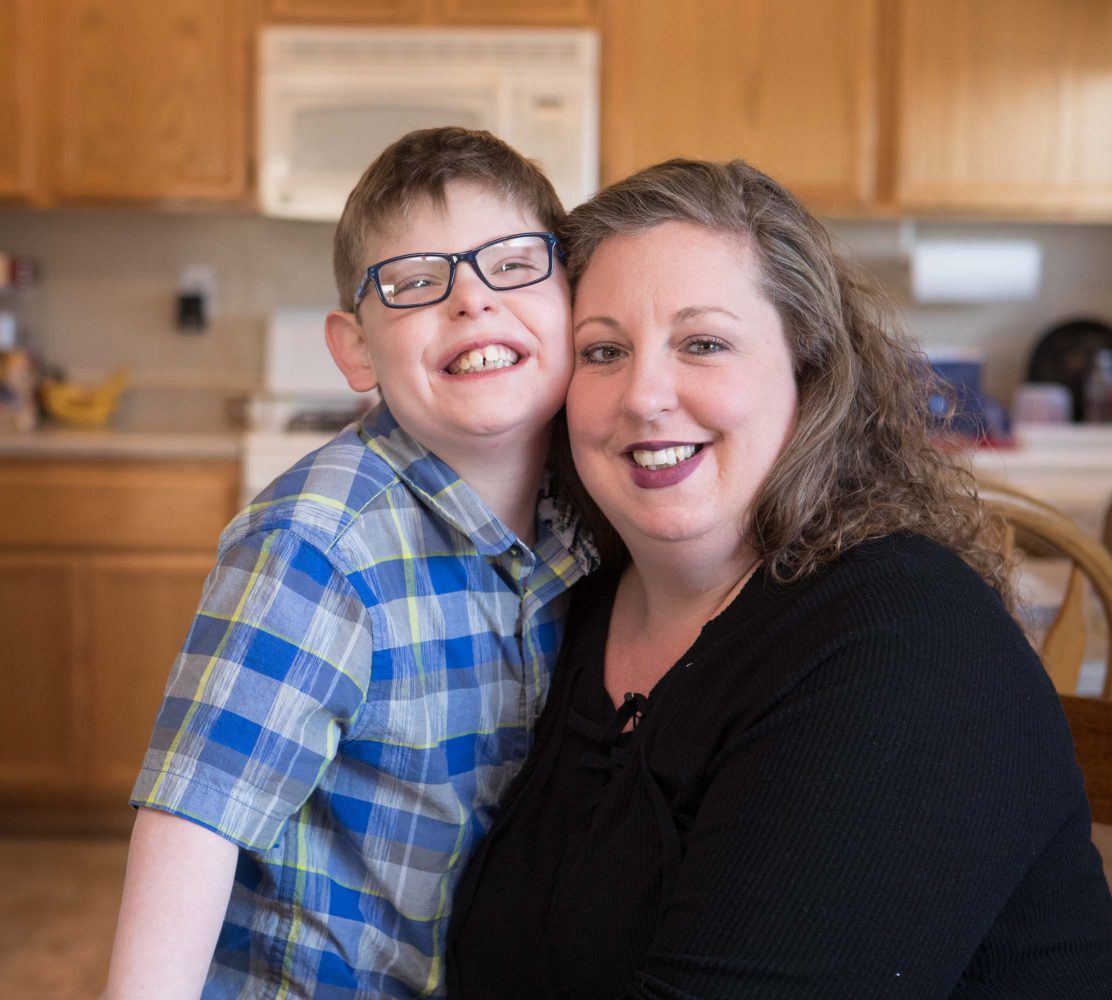

 Follow
Follow